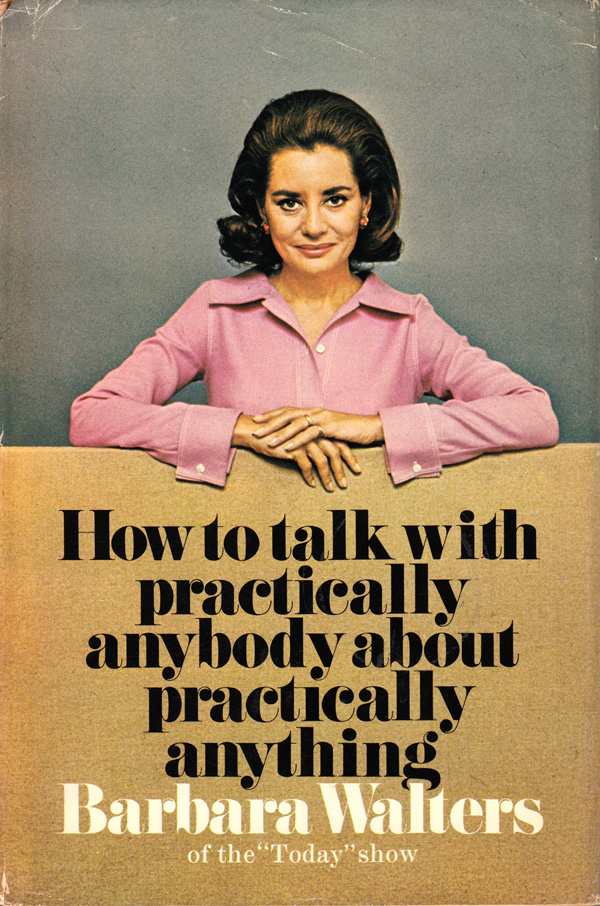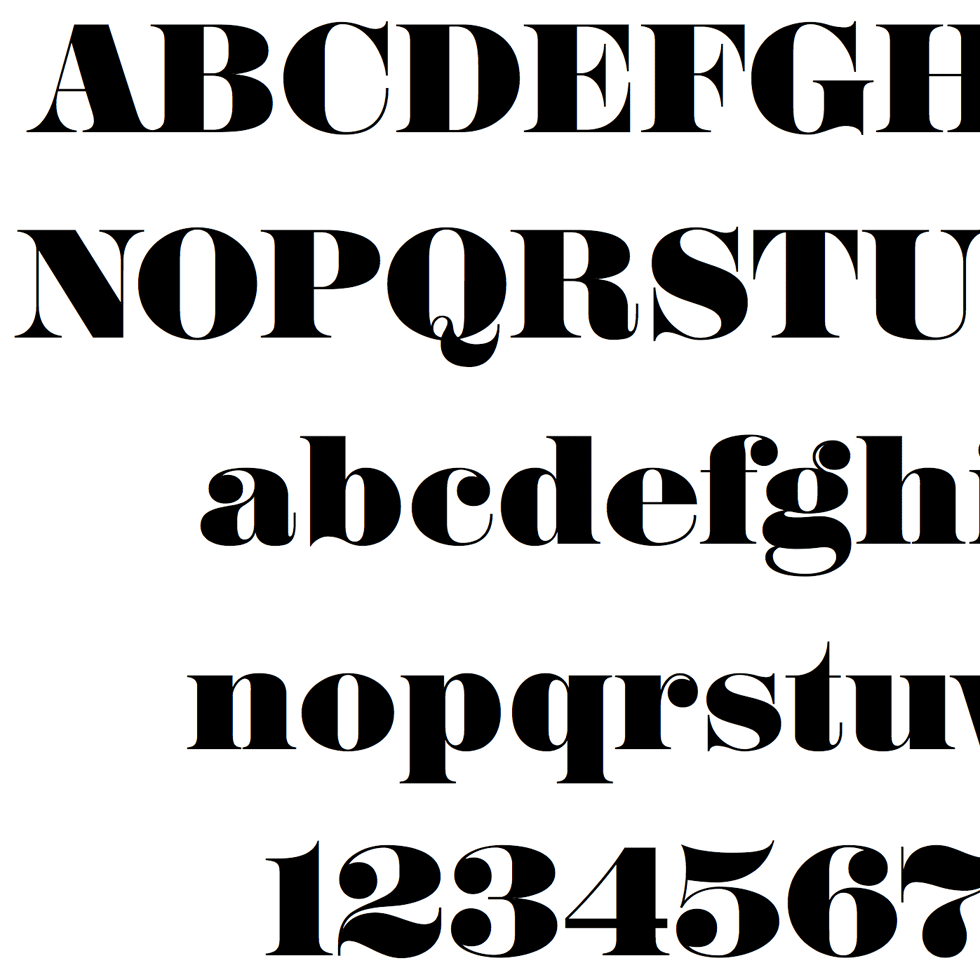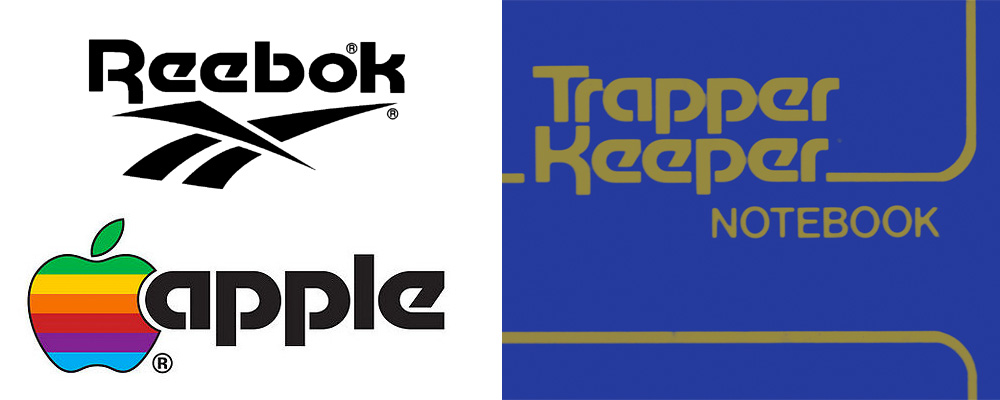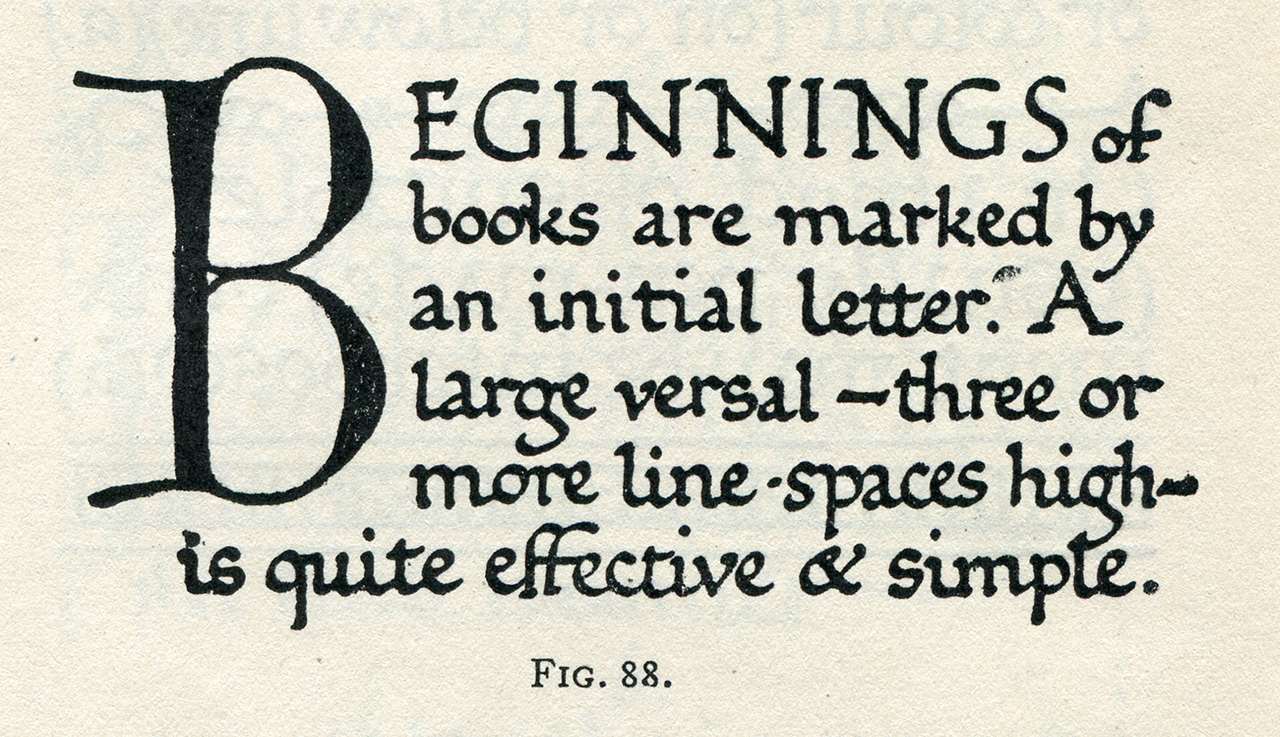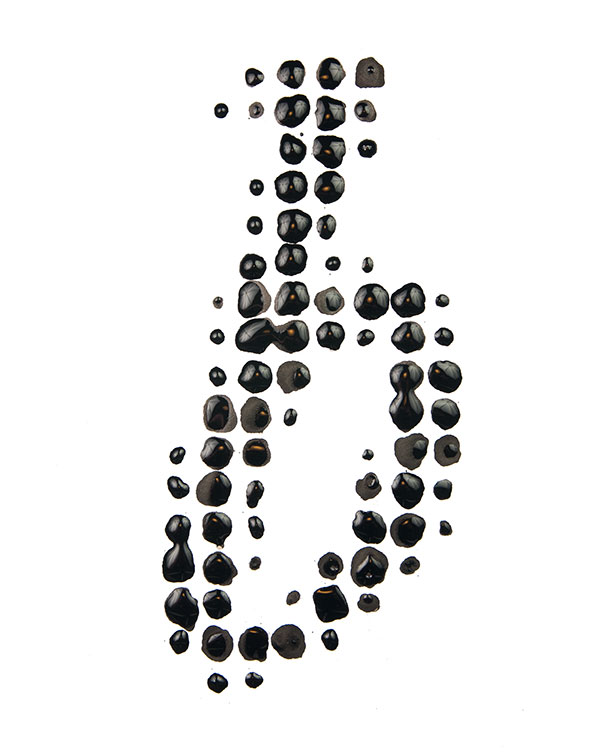At Stemmings, Matt Chase on his mother and Comic Sans:
My mother, in addition to being my apparent number one fan, is also an educator of children. This means several things, but chiefly: 1) she has an endurance typically found only in Olympic athletes and 2) she uses Comic Sans exclusively and unapologetically. Sometimes in red, sometimes in blue, it’s there–all over her classroom and often in the e-mails she sends my sister and I. And while it’s true that our phone chats don’t often comprise the typographical considerations of my day-to-day work process, the use of this typeface is a notable point of contention. “Why, mom, why,” I used to wonder. Is it buried deep in the teacher DNA? Part of some iron-clad contract? A perverse joke lauded in the teacher’s lounge, legendarily discussed by professors sipping coffee from mugs reading “I Love Helvetica” emblazoned in a fluorescent swath of Comic Sans mockery?
Finally, I just asked.
